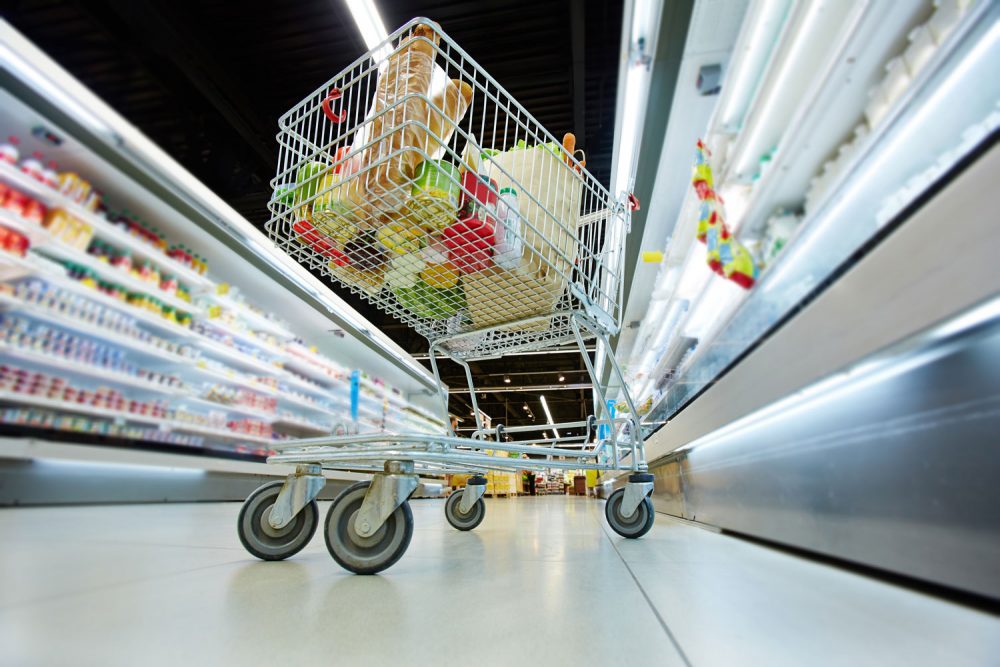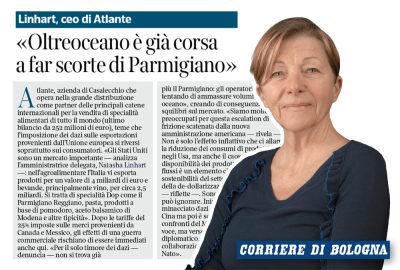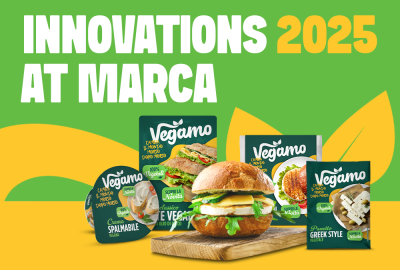Atlante
News
Italian consumer sentiment during the coronavirus crisis

10 March 2021
Since the early stages of the pandemic, we tried to map out shifts in consumer behavior, identify the “new normal” and detect new trends, with the support of Nielsen data.
Covid-19 and the Lockdown of the first months of 2020 forced Italians to spend more time at home with a positive impact on consumptions, but a negative one on consumers’ spending power.
We have identified 4 key factors for the shift to consumer trends:
- The economic crisis – History teaches that in hard times polarization of consumer behavior occurs, as well as quest for reassurance;
- The health crisis – The tone of voice of channels and of brands is becoming increasingly important, with a preference for local products to help the country’s economy but also for a greater sense of food safety.
- The domestic sphere – The increase of time spent at home has changed consumers’ behavior. Basic ingredients have reappeared in the pantry. We can all recall the shelves empty of yeast during the peak of lockdown – indeed, yeast grew by + 56% in value compared to the corresponding period of the previous year. Among other significant growth rates, we see flour (+ 33%) and in general pastry ingredients (+ 33%) and bases (+ 20%). Moreover, there are new consumption opportunities such as lunch breaks, which now take place at home and no longer in bars. The purchase and consumption of alcohol increased as well (which mark a + 25% between alcoholic aperitifs and spirits, or beers + 15% Doc / Igp wines + 8%), given that the moments of conviviality moved within the walls of the house.
- The new digital era: Anything able to influence consumer choices before entering the store plays a key role in the final purchase.
But the real question is: how will Covid-19 Crisis impact Italians’ purchases?
47% of Italian families already declared that they will try to limit their expenses, following a real or perceived reduction in income. In fact, we already see polarized purchasing behavior in the period following the Lockdown (May-September).
- Non-crisis-impacted households increased their FMCG spending by 7.4%
- Families impacted by the crisis reduced their FMCG spending by 2.9%
It will be interesting to see how the situation evolves but the families with less income will certainly show the most relevant dynamics. In fact, ca. 51% declare that their family income has been directly impacted by the pandemic. This translates into 2 different reactions: impacted low-income households are replacing leading brands with discount brands while households with above-average incomes which are not impacted by the crisis are preferring the retailer’s brand.
In addition to human lives, the pandemic deeply changed habits and categories of consumption. Bars and restaurants closed, DAD and smartworking, fear of gatherings, etc … these are all factors that have strongly influenced the habits of daily life.
It thus raises the question: how many and which of these habits are the effect of the health emergency and which on the other hand are to be considered structural and therefore definitively acquired and here to remain? The clear and defined trend that we observe, whether we want to value it either positively or negatively, is the migration towards the healthy alternatives while maintaining the taste unchanged, still without forgetting the innovation that has taken a fundamental role in the industry, not only in terms of product, but also in size and packaging.





